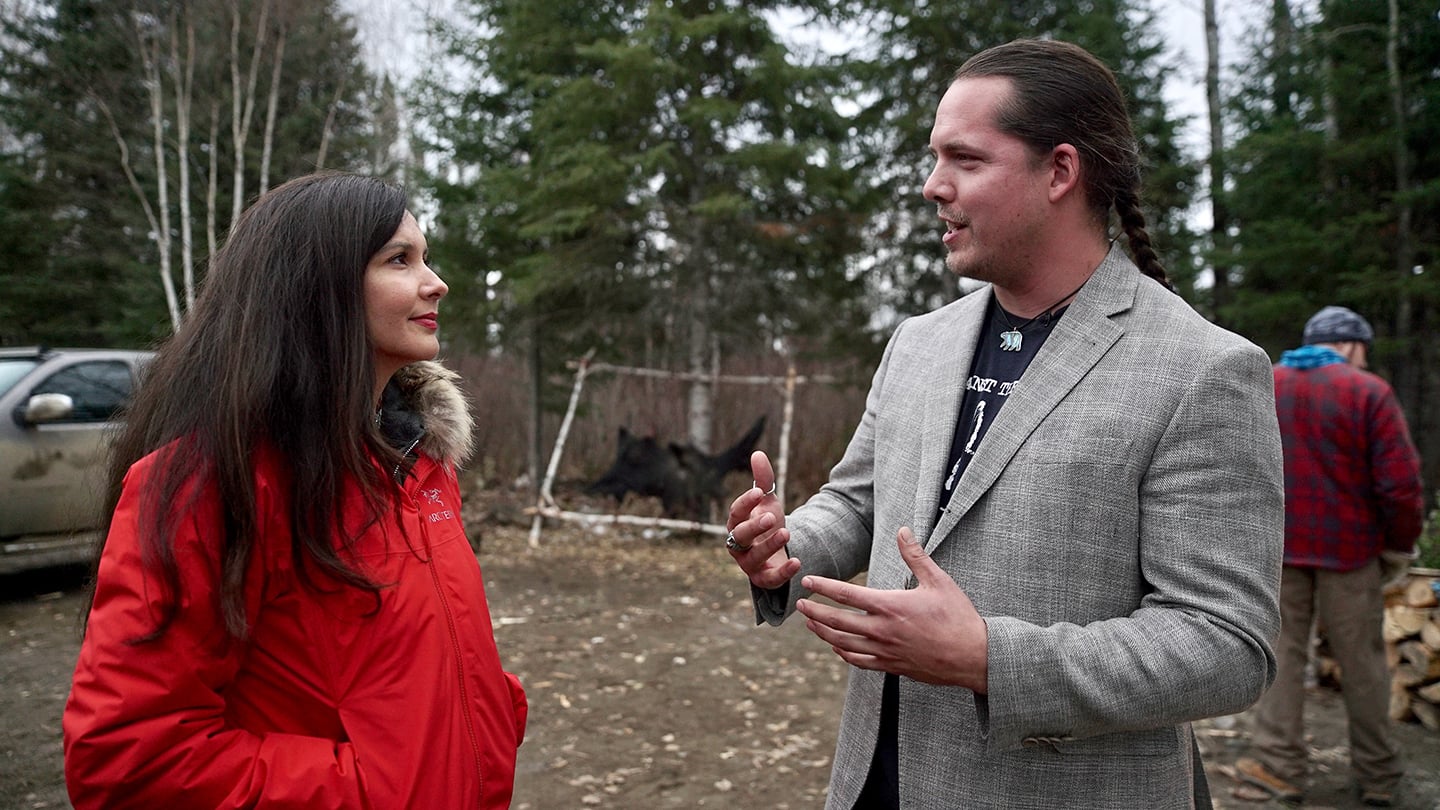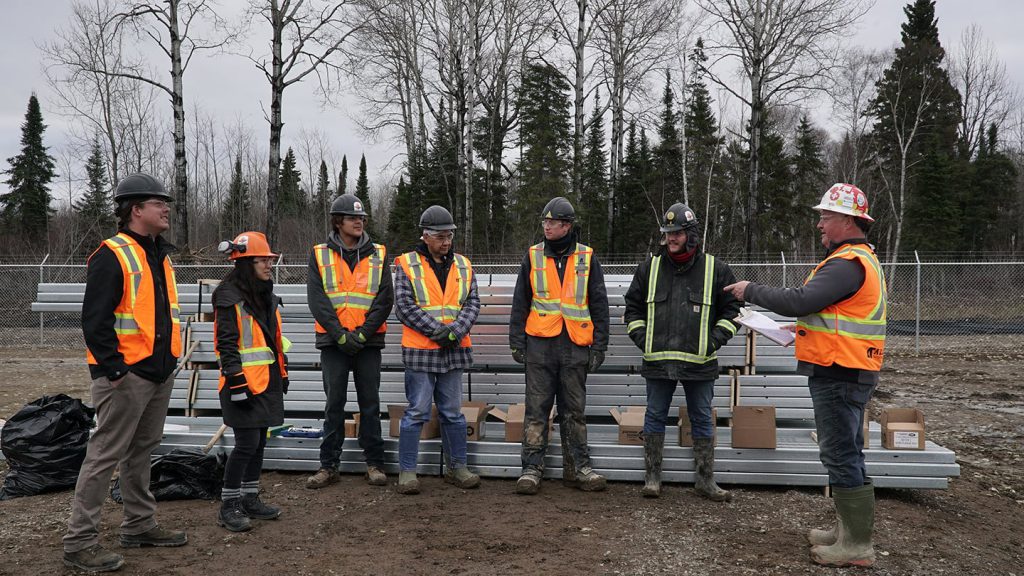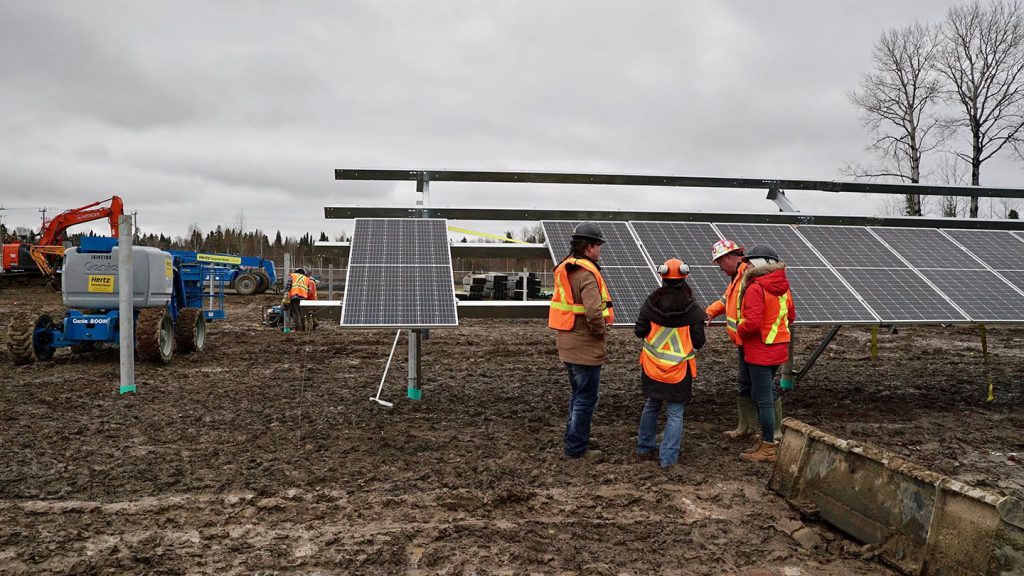Finding Solar Solutions
Finding Solar Solutions.
Gull Bay First Nation
Beginning in the 1930s, the province of Ontario’s hydro authority embarked on a plan to create hydroelectric dams on the Lake Nipigon river system. The reservoir these projects created raised the water levels on the lake and flooded the Indigenous communities living around it. Beyond the loss of land, homes, and shoreline, the flooding desecrated grave sites, despite the fact that none of these communities have ever been connected to the Ontario power grid. In an act of restitution, Gull Bay First Nation, an Ojibway community approximately three hours north of Thunder Bay, came to terms with Ontario Power Generation on the co-development of Canada’s first fully integrated solar microgrid. This remote, standalone power grid will use solar panels to capture the energy and store it in on-site batteries. As a fully computer-controlled system, once the microgrid has generated sufficient solar energy, it communicates with the Nation’s diesel power plant, turning off the generators until the solar reserves run low. It’s estimated this integrated microgrid will save the Nation approximately a million dollars annually in diesel fuel and related costs.

Host Melina Laboucan-Massimo travels to the Gull Bay First Nation where microgrid project manager AJ Esquega takes her inside his family and community. Chief Wilfred King explains how the Nation’s past grievance with Ontario Power Group has evolved into Canada’s first fully integrated solar-powered microgrid. To learn about how microgrids work and the potential they offer to remote off-grid communities, Melina then travels to the University of Waterloo. There she tours a microgrid test lab operated by solar panel manufacturer Canadian Solar. Melina ends the episode back in Gull Bay where AJ has organized a youth energy symposium that illustrates this Nation’s passion and commitment towards a clean, renewable energy future.



